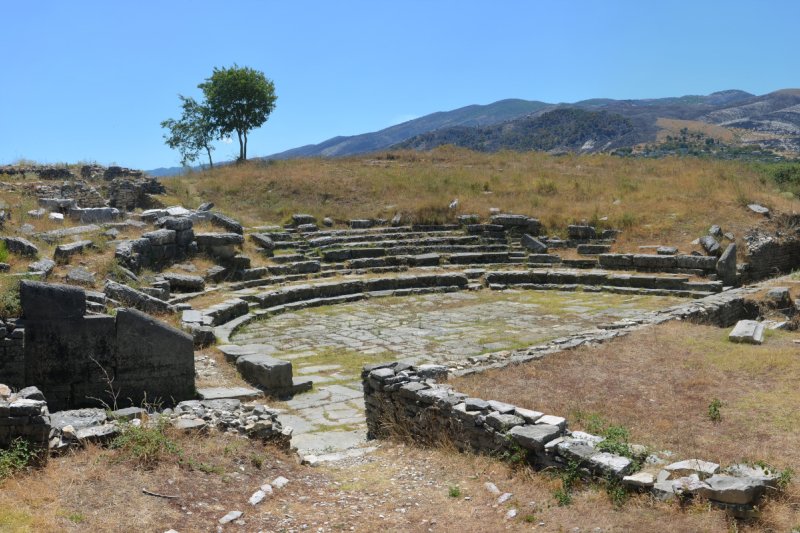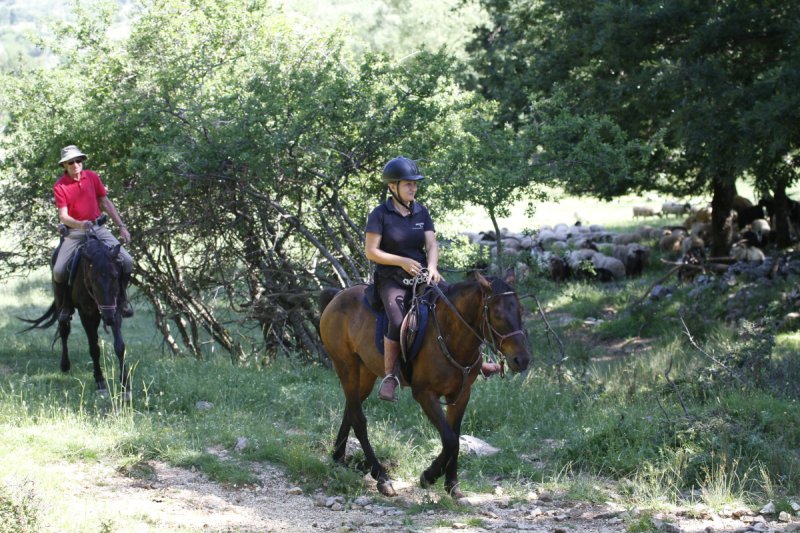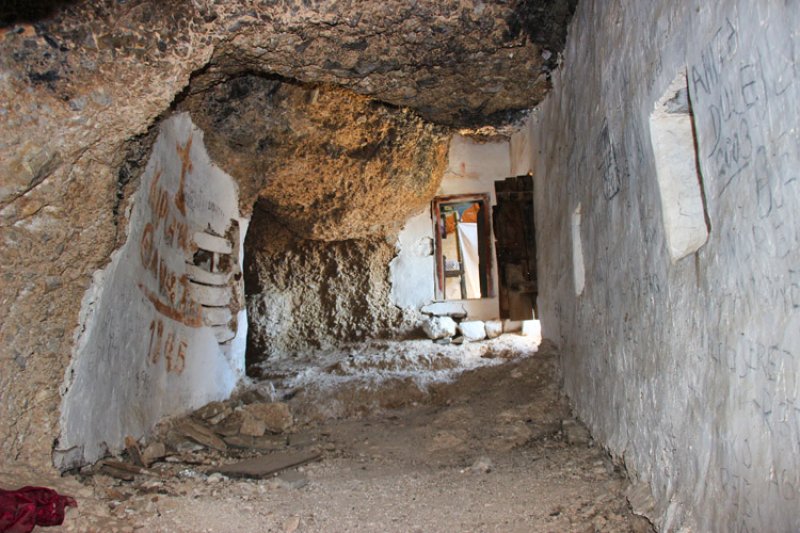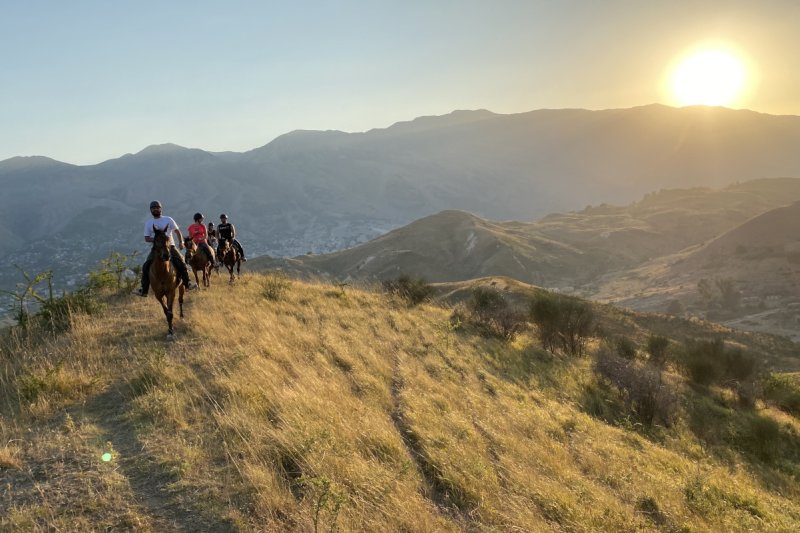Rediscovering the Ancient Caravan Routes of Southern Albania
According to historical books, the Drino Valley in southern Albania has been settled since ancient times. Large communities thrived there, residing in either fortified or open settlements, and were connected by routes winding through lush pastures and cultivated fields. By the late 19th century, maps showed approximately 150 paved roads crisscrossing the country, primarily used by merchant caravans. Nearly 200 bridges were built to span the numerous rivers, and some have withstood the test of time and neglect.
In ancient times, these roads followed various routes. Travelers would journey from Apollonia, Dimal, Bylis, or Amantia, traversing the entire Aoos (Vjosa) Valley to its confluence with the Drino River, a major tributary of the Vjosa. From this point, the route diverged towards the lands of the Molossians and the Chaonians. Another path to the Chaonians followed the valley of the Kardhiq River, dominated by a fortress on the hill of the village bearing the same name. After crossing the Skërfica Pass, travelers were just a few hours away from Foinike, the central hub of the Chaonian land near modern-day Saranda.
These ancient roads were frequented by caravans composed of ten or more horses, sometimes accompanied by donkeys, organized into guilds led by a chief. Depending on the season, caravans traveled eight to ten hours a day in winter and twelve to fourteen hours a day in summer. They covered about five kilometers per hour, the distance a horse could travel while carrying an 80 kg load.
We aim to revive ancient routes for nature and history enthusiasts who enjoy discovering new places and their legends. For centuries, these caravans were the sole means of commercial transport in the region. They traveled from village to village, transporting goods and carrying news, sometimes from distant lands. Their arrival was eagerly anticipated and often celebrated with festivals or fairs.
Though few traces of these convoys remain today, the growing interest in traditional transport and horseback riding is inspiring travel companies to promote the surviving routes. "Visitors who explore these horse trails feel a connection to history, as they follow the paths once used by medieval caravans," explains Kristina Fidhi, founder of Caravan Horse Riding (https://horseridingalbania.com/), located near Gjirokastër.
Founded in 2011 by three childhood friends, this travel company offers excursions with around forty horses. "We wanted to bring old paths back to life for all those who love nature and history and enjoy uncovering new places and their stories," says Kristina Fidhi. The initiative isn't limited to caravans; it has the potential to attract other outdoor enthusiasts, such as cyclists and hikers.




With her horse Eglo, an authentic Albanian breed, Kristina guides us along the historic caravan trails. The journey begins with a trek across the Muzine Pass, passing by an old guest house called “han” where travelers once rested before descending into the Drino Valley along a well-preserved paved path.
In the valley, the trail leads to Hadrianopolis, an ancient, abandoned city that once lay at the crossroads of several roads and endured many wars. The route then ascends through the Muzine Pass, which offers a stunning panoramic view of the lush fields and surrounding mountains. This pass, a former strategic point for caravans navigating the narrow, winding dirt paths, takes us to Dropull, a small town south of Gjirokastër inhabited by members of Albania’s Greek minority. Dropull serves as a junction for several ancient routes traversed by travelers. From antiquity through the Middle Ages, these Roman roads were pivotal in connecting people and fostering the development of the entire region.
Hadrianopolis
The journey proceeds to Hadrianopolis, a historic gem along the route to Actia Nicopolis. Here, the remnants of a grand theater still echo tales from the past. Under Emperor Hadrian, the city flourished as a nerve center linking Apollonia with Actia Nicopolis. Its rectangular layout, intersecting streets, and public structures like the theater and baths reflect its former grandeur. In the 4th century, it was reorganized and briefly renamed Justinianopolis during the reign of Justinian, who added a small religious building to the theater and expanded the city with houses and shops. Though gradually abandoned by the 7th century, the significance of Hadrianopolis endures through its ruins.
The caravan then moves on towards Suhë, passing through the village of Labova e Kryqit, renowned for its Byzantine church dedicated to Saint Mary, which dates back to the 4th century. This church, one of the oldest in Albania, holds a sacred relic reputedly a fragment of the True Cross of Christ, according to legend.
Pyrrhus and Antigone
Kristina's stories during the journey bring to life the profound history of the Drino Valley. As we continue on horseback, we soon arrive at Antigone, an ancient Greek and Roman city whose ruins narrate the rise and fall of past civilizations. Perched on the Jerma hill on the right bank of the Drino River, the city was established in the 3rd century BC and quickly became a significant center for economics, politics, society, and culture. Named in honor of Pyrrhus of Epirus's wife, Antigone, it symbolizes their enduring love. Though it was in ruins within just 150 years, the site, located 14 kilometers from Gjirokastër, remains a vital destination for history enthusiasts.
The caravan proceeds to Spille, an enchanting site, where the Monastery of Saint Mary stands amid rocky terrain, alongside a cave that once housed hermits. An inscription in Greek above the entrance reveals that the church was adorned in 1634. This sacred location, a refuge for many travelers, historically served as a stopover for caravans.
After a moment of reflection on our journey, we continue towards Lunxhëri, passing through charming, lively villages. Renowned for their hospitality, the locals warmly welcome travelers and share their rich traditions.
Our final destination takes us up the Cajupi Pass (Qafa Cajupit), a mountain pass offering sweeping views of the surrounding valleys. This vantage point allows us to appreciate the untamed beauty of southern Albania. As in the past, we pause at the "karakoll," a post run by Ottoman officers who collected taxes from caravans passing through to Zagoria and Përmet.
Our next stop is at the guesthouse and restaurant of shepherd Pëllumb, who warmly invites us to sample the dairy products from his sheepfold. The road still winds past his shelter, just as it did for the caravans in the past. By following their route through the Drino Valley, travelers can trace the footsteps of these historic horsemen, explorers, and merchants, revealing a rich tapestry of history and stunning natural beauty.













